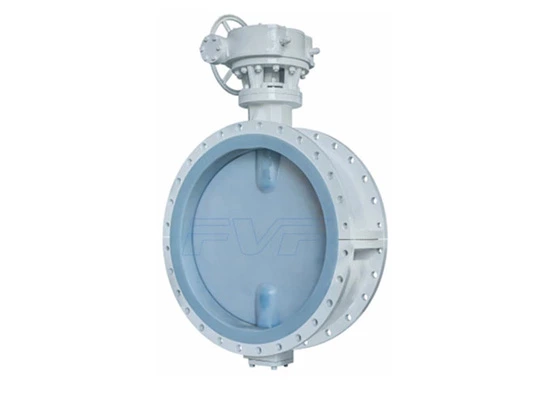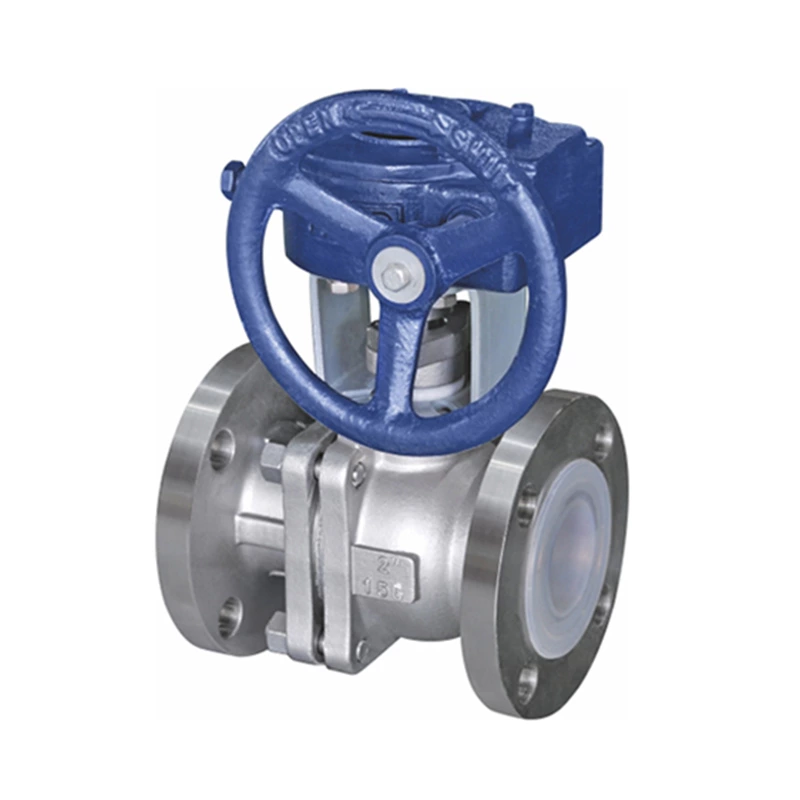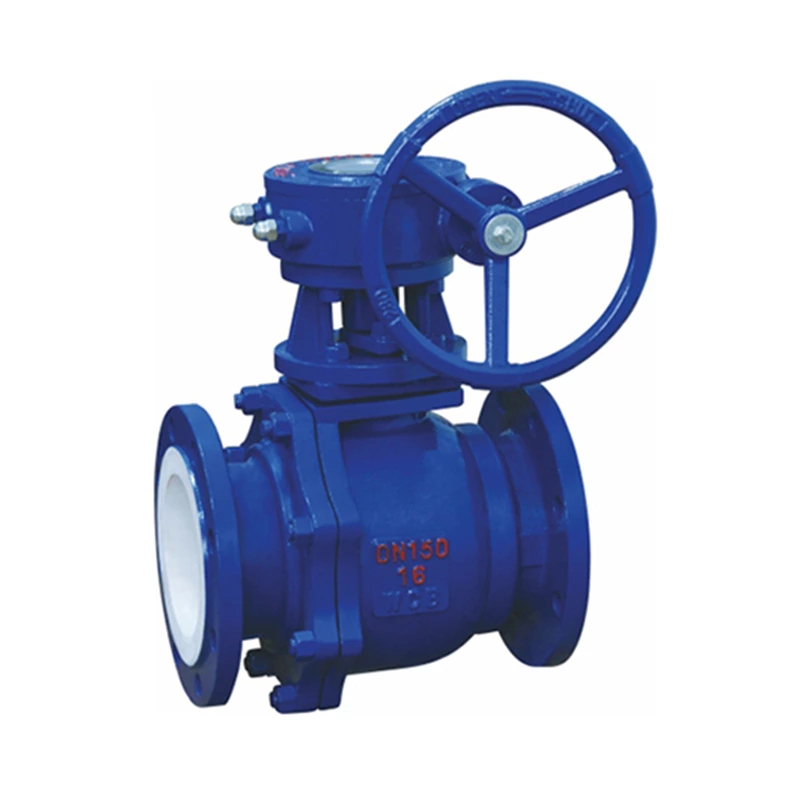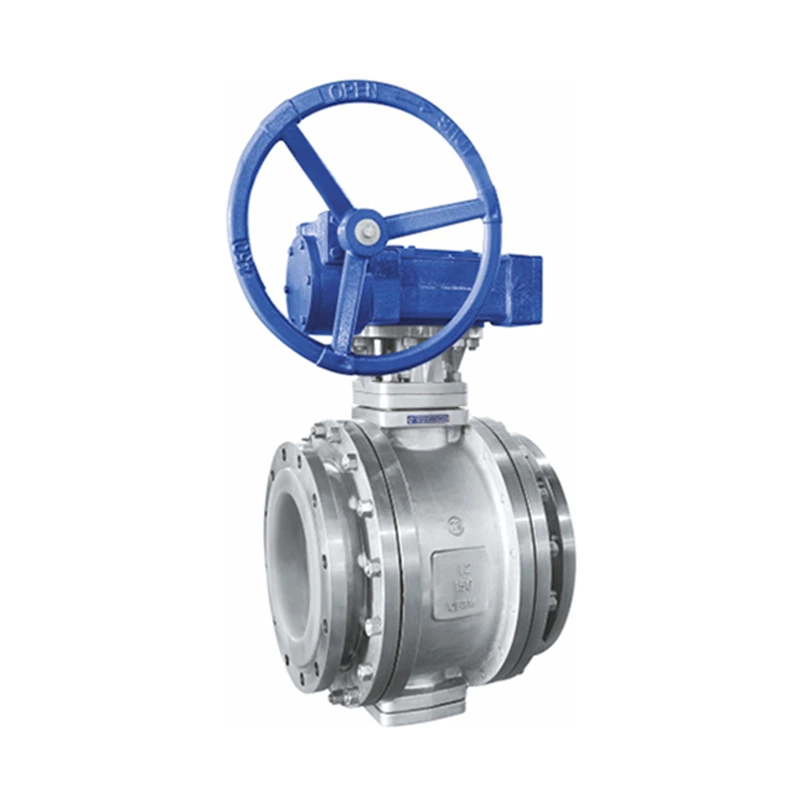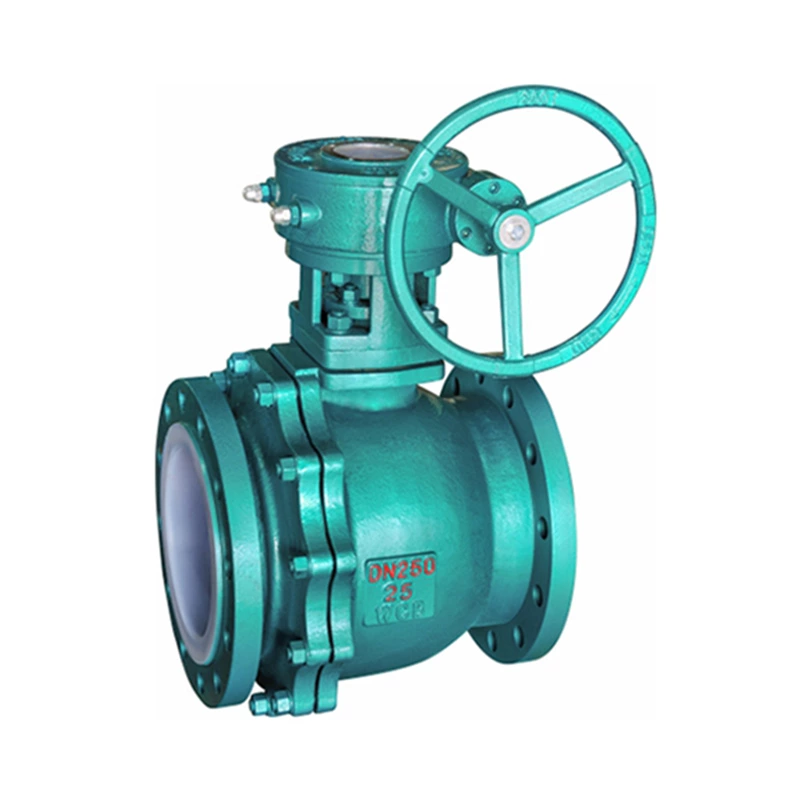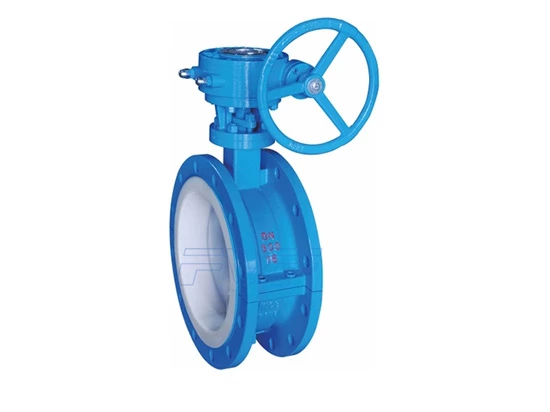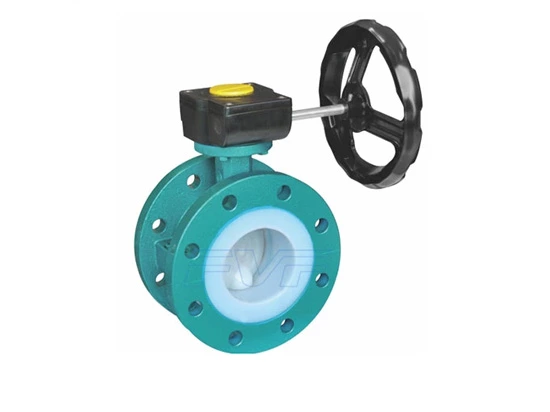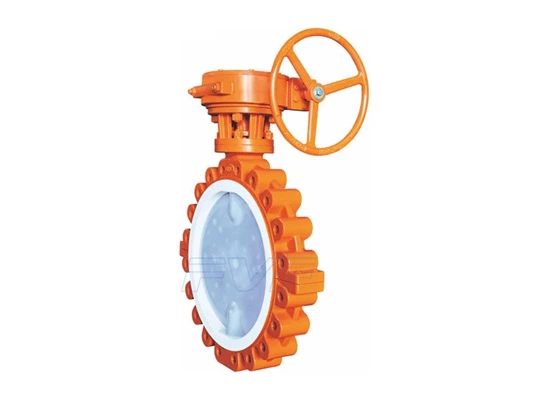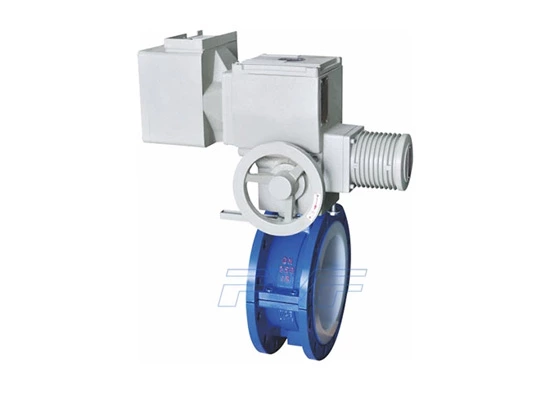How To Choose The Material Of Seawater Desalination Butterfly Valve
The valves used for seawater desalination are used in harsh environments, so large-diameter seawater desalination flange butterfly valves that can be used for a long time in this environment have good corrosion resistance. Let's take a look at how to choose large-diameter seawater desalination butterfly valves.
Lined Butterfly Valve is a butterfly valve used for seawater desalination. Seawater desalination is the use of seawater desalination to produce fresh water. It is an open source incremental technology for realizing water resource utilization. It can increase the total amount of fresh water and is not affected by time, space and climate. The water quality is good and the intervals are becoming more reasonable. It can ensure a stable water supply for drinking water for coastal residents and industrial boiler water replenishment. The process of obtaining fresh water from seawater is called seawater desalination. The seawater desalination methods currently used include seawater freezing, electrodialysis, distillation, and reverse osmosis. At present, the reverse osmosis method using reverse osmosis membranes has rapidly occupied the market with its advantages of simple equipment, easy maintenance and modular equipment, and gradually replaced the distillation method to become the most widely used method. The existing seawater desalination technology basically adopts reverse osmosis technology. Under the action of pressure, water molecules are allowed to pass through the reverse osmosis membrane, while molecules with larger diameters are isolated on the water inlet side of the reverse osmosis membrane and discharged as wastewater. The water molecules that pass through the reverse osmosis membrane can become drinkable fresh water.
(1) The valve body pressure resistance level, operating temperature and corrosion resistance should not be lower than the requirements of the process connection pipeline, and the manufacturer's finalized products should be used first.
(2) Cast iron valves should not be used for water vapor or wet gas with high water content and flammable and explosive media.
(3) Cast iron valves should not be used when the ambient temperature is lower than -20℃ (especially in the north).
(4) For the rectangular coordinates of the medium temperature and pressure difference with severe cavitation and erosion, when the temperature is 300℃ and the pressure difference is 1.5MPa, the area outside the line connecting the two points should be used to save the sealing surface. Wear-resistant materials such as cobalt-based alloys or surface cladding Stellite alloys should be used.
(5) For highly corrosive media, the selection of corrosion-resistant alloys must be based on the type, concentration, temperature and pressure of the media.
(6) The valve body and the valve parts should be treated separately. The valve body inner wall has a low speed of saving and is allowed to have a certain amount of corrosion, and its corrosion rate can be around 1mm/year; the valve parts are subjected to high-speed erosion and corrosion, which will cause leakage to increase, and its corrosion rate should be less than 0.1mm/year.
(7) When selecting the material (rubber, plastic), the temperature, pressure and concentration of the working medium must meet the application range of the material, and consider the physical and mechanical damage to it when the valve is in operation (such as shear damage).
(8) Vacuum valves should not use rubber or plastic lining structures in the valve body.
(9) The two-position cut-off valve of the water treatment system should not be lined with rubber lining materials.
(10) For typical media, seawater desalination butterfly valves made of typical corrosion-resistant alloy materials should be selected.
